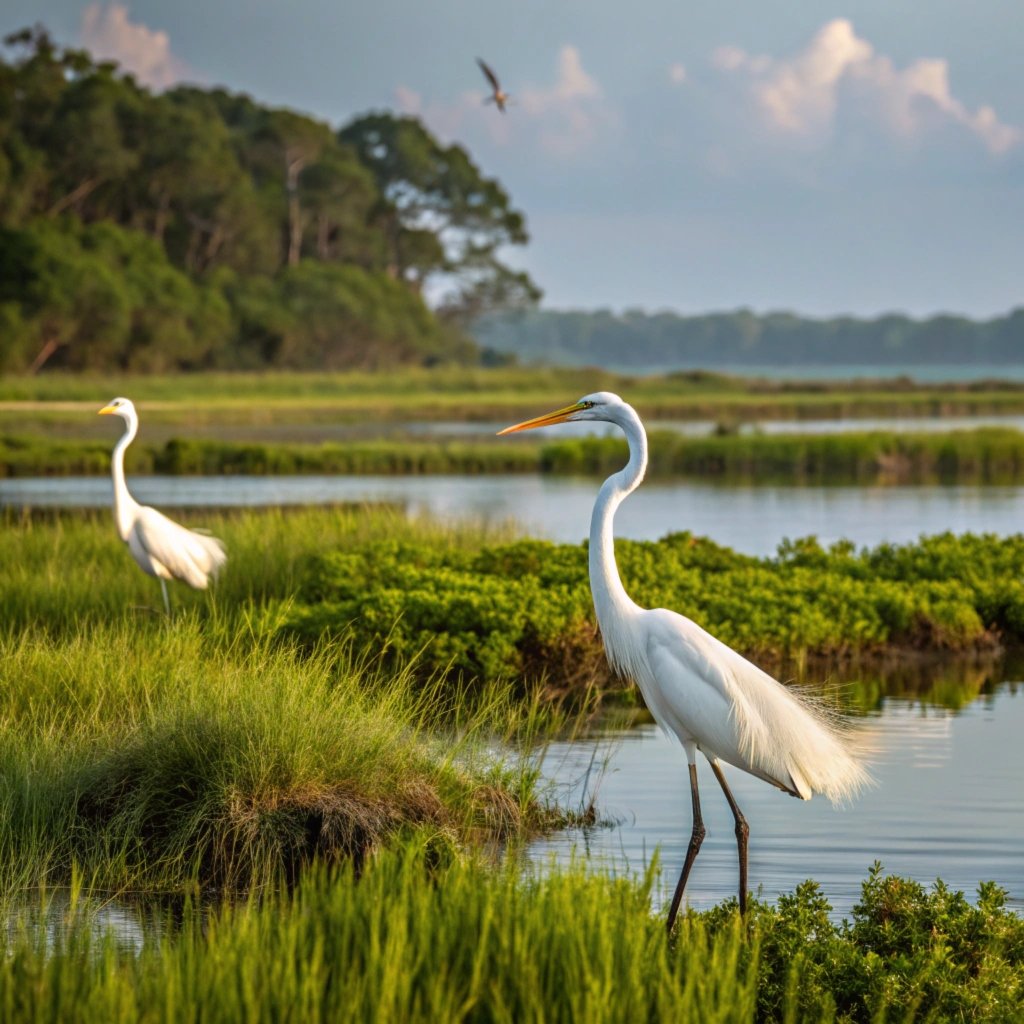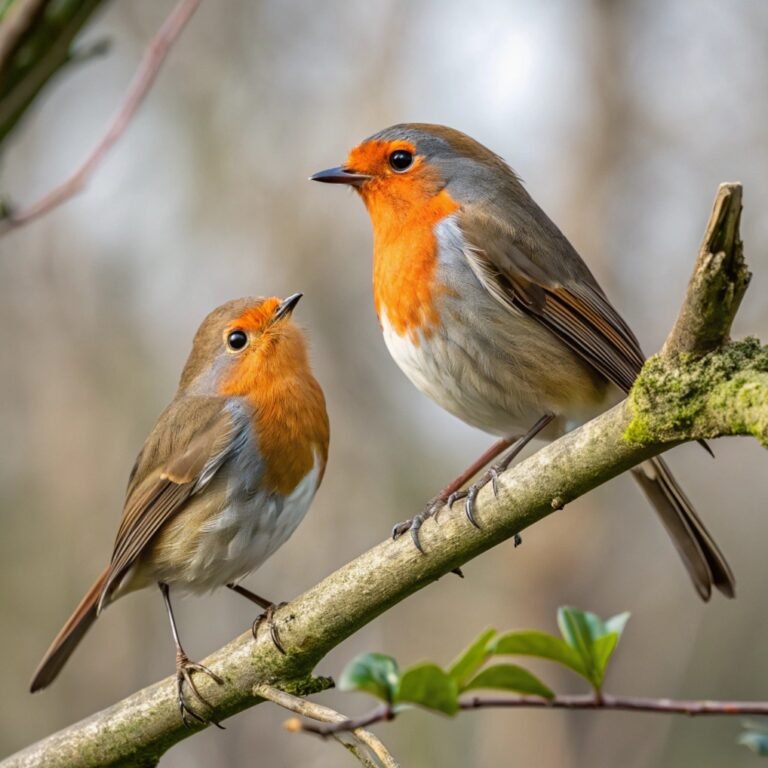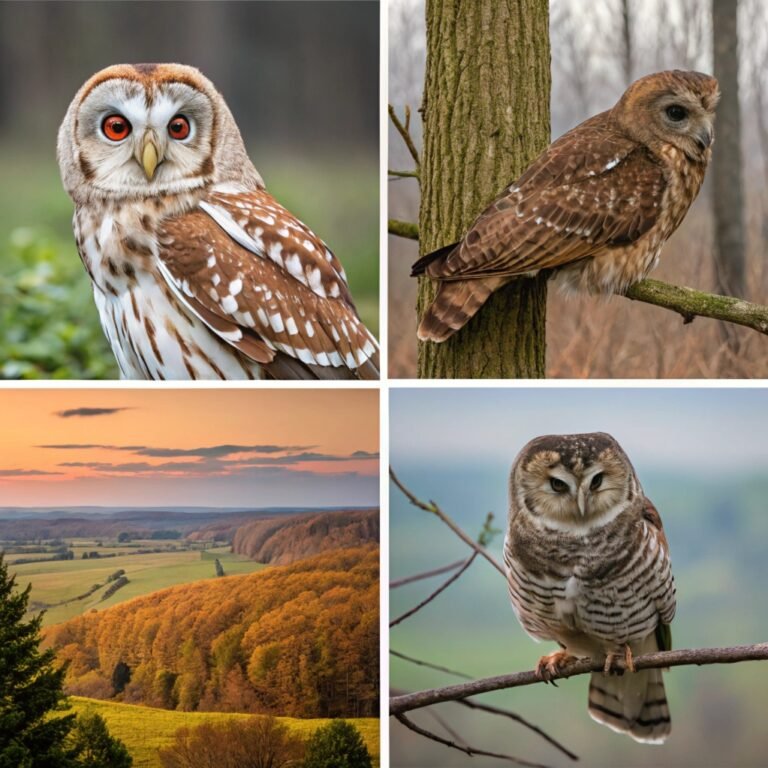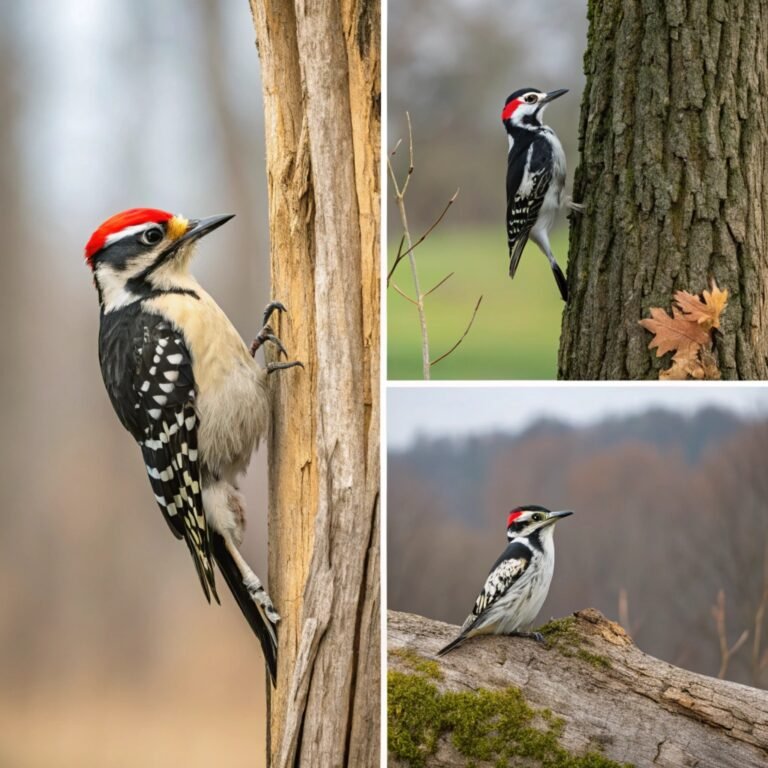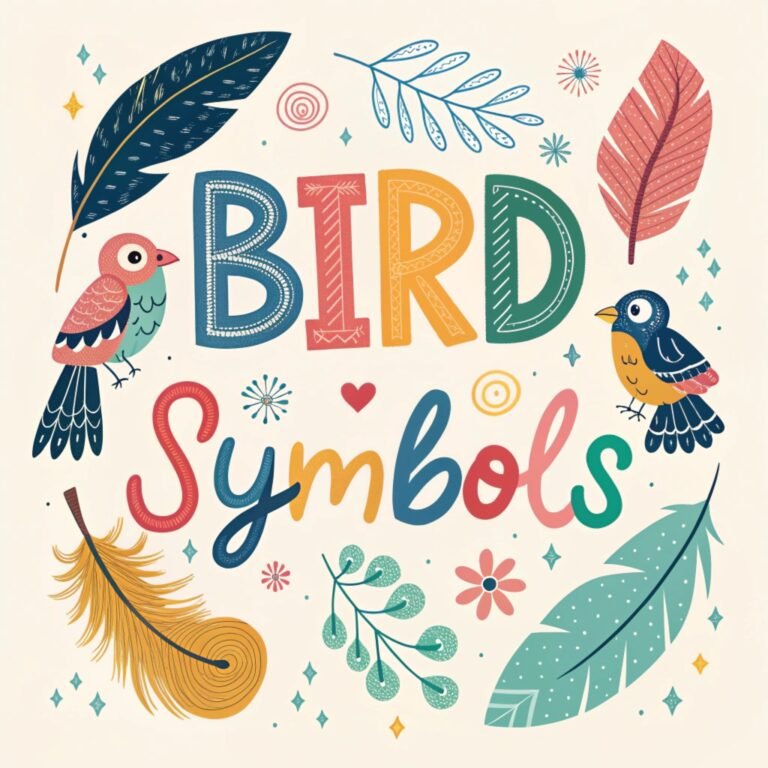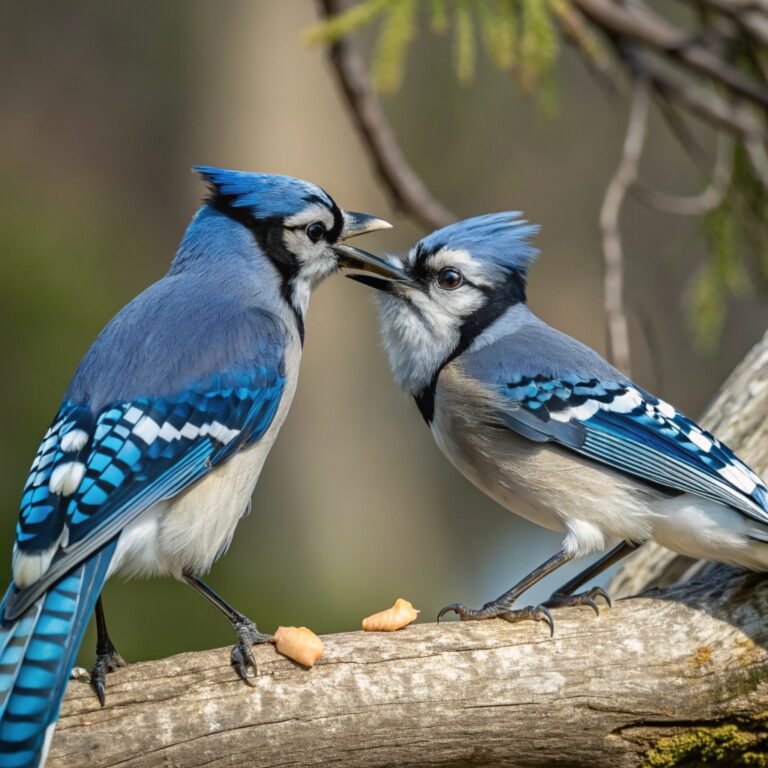A Comprehensive Guide to the Symbolism of Egrets: Exploring Their Spiritual and Natural Importance
Egrets, with their graceful presence and pristine white plumage, have captivated human imagination for centuries.
These elegant birds hold deep symbolic meaning across various cultures and play significant roles in ecosystems worldwide.
This comprehensive guide delves into the multifaceted significance of egrets, exploring their symbolism, cultural importance, and natural history.
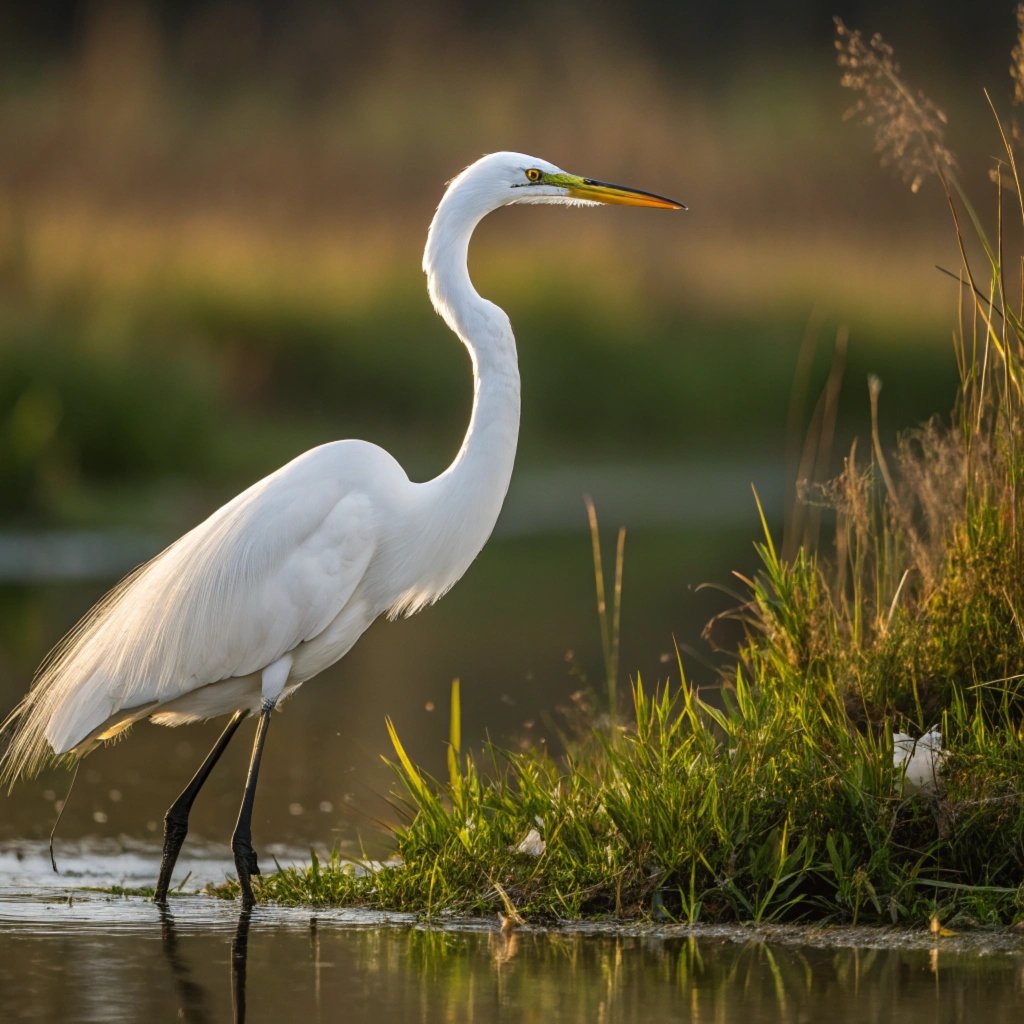
Key Takeaways
- Purity and Grace: Egrets are widely regarded as symbols of purity and grace due to their striking white plumage and elegant movements.
- Spiritual Messengers: In many cultures, egrets are seen as spiritual intermediaries, carrying messages between the physical and spiritual realms.
- Peace and Diplomacy: Native American traditions often associate egrets with peace and diplomatic relations.
- Patience and Perseverance: The egret’s hunting style has led to its association with patience and determination in various belief systems.
- Transformation and Rebirth: In some mythologies, egrets symbolize transformation and the journey of the soul after death.
- Environmental Indicators: Ecologically, egrets serve as important indicators of wetland health and biodiversity.
- Cultural Significance: Egrets feature prominently in the art, literature, and folklore of many societies around the world.
- Conservation Symbol: The near-extinction and subsequent recovery of egret populations have made them powerful symbols of conservation efforts.
- Divine Connections: Various deities and spiritual concepts are associated with egrets in different religious traditions.
- Natural Beauty: The aesthetic appeal of egrets has inspired countless works of art and continues to be a source of wonder for nature enthusiasts.
The Symbolism of Purity and Grace in Egret Imagery
Egrets have long been revered as symbols of purity and grace across various cultures. Their pristine white plumage, elegant movements, and serene presence in wetland environments contribute to this perception.
In many artistic representations, egrets are depicted standing still in calm waters or taking flight with their long, graceful necks extended, embodying a sense of tranquility and beauty.
This symbolism extends beyond mere aesthetics, often representing spiritual purity and the unblemished nature of the soul. In some traditions, the sight of an egret is considered a positive omen, signifying a cleansing or purification of one’s life circumstances.
The egret’s ability to navigate through water, air, and land with equal ease further reinforces its image as a creature of grace and adaptability, inspiring those who seek to move through life’s challenges with similar poise and elegance.
Egrets as Spiritual Messengers in Various Cultures
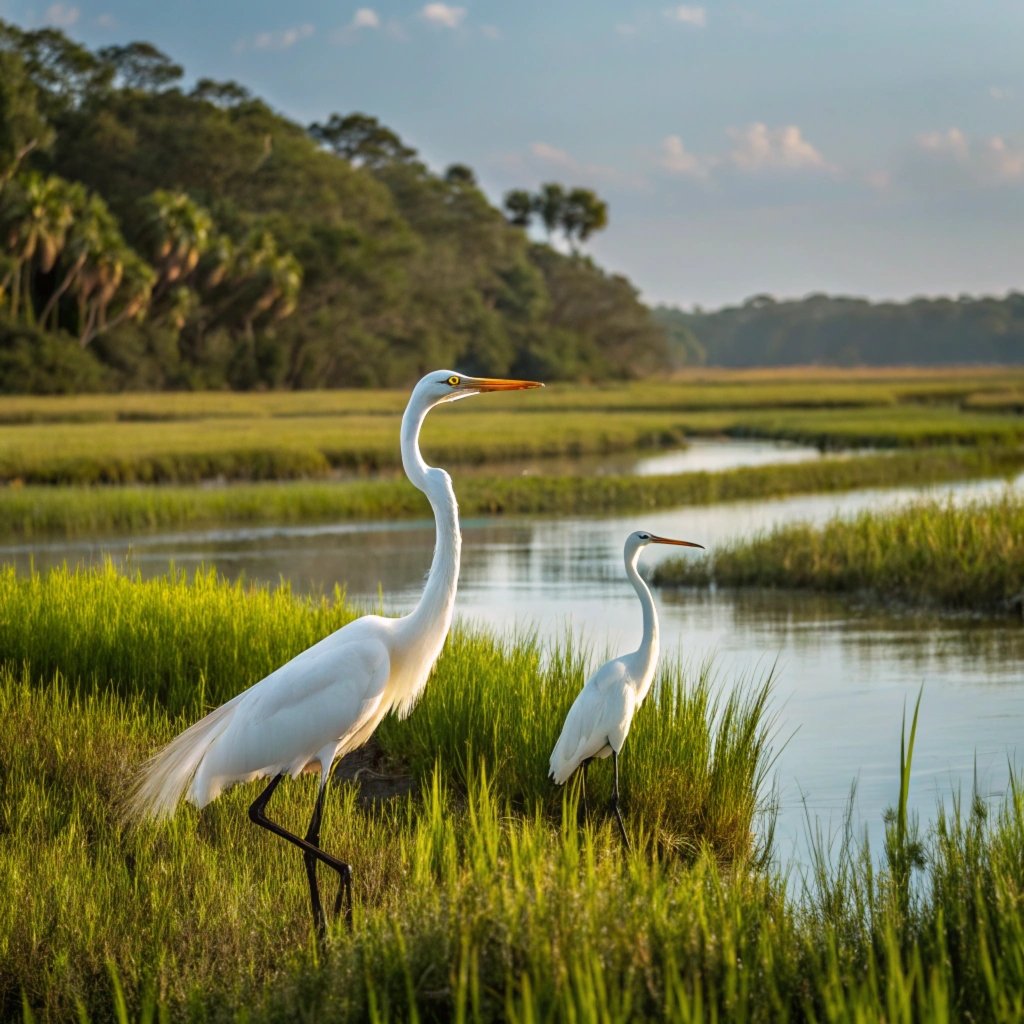
In numerous cultures, egrets are viewed as spiritual messengers, bridging the gap between the earthly realm and the divine.
This belief stems from their ability to traverse multiple elements – air, water, and land – which is often interpreted as a sign of their connection to different spiritual planes.
In ancient Egyptian mythology, egrets were associated with the god Thoth, the deity of wisdom and writing, and were believed to carry messages between the worlds of the living and the dead.
Similarly, in some Native American traditions, egrets are seen as carriers of important spiritual communications, often appearing in visions or dreams to impart wisdom or warnings.
The Japanese view egrets as symbols of good fortune and divine protection, while in Celtic folklore, these birds are sometimes associated with the Otherworld, capable of guiding souls on their spiritual journeys.
This role as a spiritual intermediary has cemented the egret’s place in various religious and mythological narratives, making it a powerful symbol of transcendence and divine communication.
The Role of Egrets in Native American Peace Symbolism
In Native American cultures, particularly among certain tribes, egrets hold a special place as symbols of peace and diplomacy.
The Cherokee, for instance, regard the egret as a peacemaker and mediator. This association likely stems from the bird’s calm demeanor and its presence in serene wetland environments.
Cherokee diplomats often wore egret feathers during peace negotiations, contrasting with the eagle feathers worn by warriors. This practice underscores the egret’s role as a symbol of peaceful resolution and harmonious coexistence.
The bird’s white plumage may also contribute to this symbolism, representing purity of intention in diplomatic endeavors.
In some Native American legends, the egret is portrayed as a wise and patient creature, capable of resolving conflicts between other animals.
This imagery extends to human affairs, where the egret’s qualities are seen as ideal traits for leaders and peacemakers. The egret’s symbolism in Native American culture thus emphasizes the importance of peaceful negotiation, wisdom, and calm deliberation in resolving disputes.
Patience and Perseverance: Lessons from Egret Behavior
The hunting behavior of egrets offers powerful lessons in patience and perseverance, qualities that have become synonymous with these birds in many cultural interpretations.
Egrets are known for their distinctive hunting style, often standing motionless in shallow water for extended periods, waiting for the perfect moment to strike at their prey. This behavior has led to their association with patience, focus, and strategic thinking.
In Chinese symbolism, the egret is admired for its patience, reflecting the Confucian value of perseverance in achieving one’s goals.
This imagery of the patient hunter has been adopted in various philosophical and spiritual teachings, encouraging individuals to cultivate similar qualities in their personal and professional lives.
The egret’s ability to remain still and alert for long periods is seen as a metaphor for mindfulness and concentration, qualities valued in many meditative practices.
Furthermore, the bird’s success in hunting through this method demonstrates the rewards of patience and persistence, inspiring those facing challenges to maintain their focus and determination in pursuit of their objectives.
Egrets in Mythology: Symbols of Transformation and Rebirth
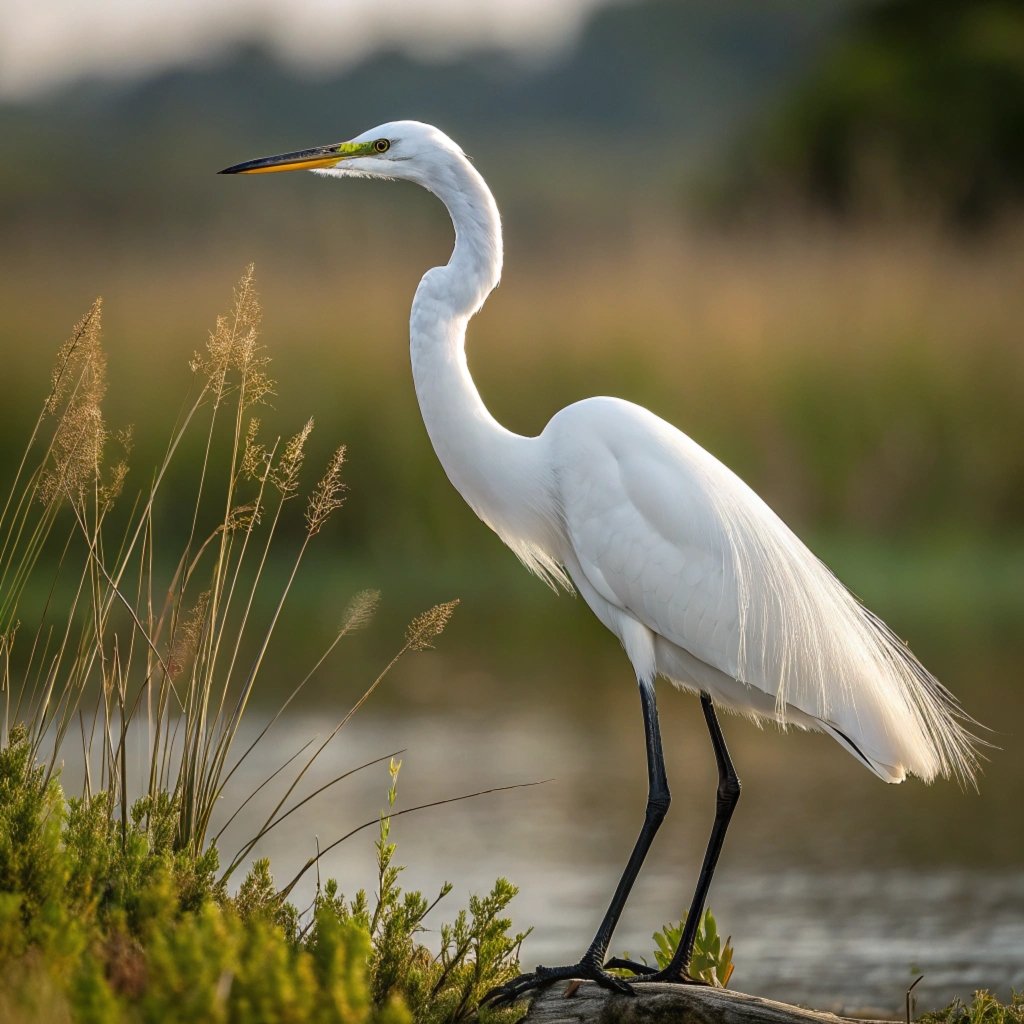
Across various mythologies, egrets often symbolize transformation and rebirth, concepts deeply rooted in their natural behaviors and appearance. In Chinese mythology, egrets are frequently depicted alongside lotus flowers, both representing transformation and spiritual growth.
This association likely stems from the egret’s ability to emerge from water appearing pristine and unblemished, much like the lotus rising from muddy waters.
In some African traditions, egrets are believed to have direct communication with the gods, serving as messengers of transformation and change. The Egyptian god Bennu, often depicted as an egret or heron, is associated with the cycle of death and rebirth, similar to the phoenix myth.
This connection to rebirth is further reinforced by the egret’s annual molting process, where they shed and regrow their feathers, symbolizing renewal and fresh beginnings.
In Native American lore, some shamans were believed to reincarnate as egrets, embodying wisdom and the ability to navigate between worlds. These mythological associations highlight the egret’s role as a powerful symbol of personal growth, spiritual evolution, and the cyclical nature of life and death.
Ecological Importance: Egrets as Indicators of Environmental Health
Egrets play a crucial role as bioindicators, offering valuable insights into the health of wetland ecosystems. Their presence or absence in an area can provide important information about water quality, habitat conditions, and overall environmental health.
As top predators in aquatic food chains, egrets are particularly sensitive to changes in their environment, making them excellent indicators of ecosystem stability.
The abundance and breeding success of egret populations can reflect the health of fish stocks, water pollution levels, and the integrity of wetland habitats. Conservation biologists often monitor egret populations to assess the impact of environmental changes and the effectiveness of restoration efforts.
Additionally, egrets contribute to ecosystem balance by controlling fish and insect populations. Their foraging behavior can influence the distribution and abundance of prey species, thereby shaping aquatic communities.
The migratory patterns of some egret species also make them valuable for studying the effects of climate change on bird movements and habitat use.
As such, the ecological importance of egrets extends far beyond their aesthetic appeal, positioning them as key players in environmental monitoring and conservation efforts.
Artistic Representations of Egrets in Global Culture
Egrets have been a source of inspiration for artists across various cultures and time periods, appearing in diverse forms of artistic expression.
In East Asian art, particularly in Chinese and Japanese paintings, egrets are often depicted in serene natural settings, symbolizing grace, longevity, and harmony with nature.
These artworks frequently feature egrets alongside other elements like bamboo or lotus flowers, creating compositions rich in symbolic meaning.
In Western art, egrets have been subjects of both realistic wildlife paintings and more abstract representations, often highlighting their elegant form and pristine white plumage.
The Art Nouveau movement, for instance, incorporated stylized egret motifs in decorative arts, celebrating the bird’s graceful lines. In Native American art, egrets appear in traditional storytelling and ceremonial objects, reflecting their cultural significance.
Contemporary artists continue to be fascinated by egrets, using various media to explore themes of environmental conservation, natural beauty, and spiritual symbolism.
Photography has also played a significant role in capturing the beauty and behavior of egrets, contributing to both artistic expression and scientific documentation.
These diverse artistic representations not only showcase the aesthetic appeal of egrets but also reflect the cultural values and environmental concerns of different societies.
Egrets in Literature and Folklore: Stories of Wisdom and Mystery
Egrets have carved a niche in literature and folklore across cultures, often portrayed as creatures of wisdom, mystery, and magical properties.
In many folktales, egrets are depicted as wise advisors or trickster figures, using their intelligence to outsmart other animals or impart important lessons to humans.
Japanese folklore includes stories of egrets transforming into beautiful women, reflecting themes of metamorphosis and the blurred lines between the natural and supernatural worlds.
In some African storytelling traditions, egrets are seen as guardians of secret knowledge, their presence in stories often signaling a moment of revelation or spiritual insight.
Literary works have also drawn inspiration from egrets, using their imagery to symbolize purity, patience, or the fragility of nature. Poets have frequently employed egret metaphors to explore themes of solitude, grace under pressure, and the transient beauty of the natural world.
In contemporary literature, egrets sometimes serve as powerful symbols of environmental conservation, their presence or absence in a narrative landscape reflecting broader ecological themes.
These literary and folkloric representations contribute to the rich tapestry of cultural significance surrounding egrets, reinforcing their status as creatures that captivate the human imagination.
Conservation History: The Egret’s Journey from Near-Extinction to Recovery
The conservation history of egrets is a compelling narrative of near-extinction and remarkable recovery, serving as a powerful example of successful wildlife protection efforts.
In the late 19th and early 20th centuries, egrets faced a severe threat due to the demand for their plumes in the fashion industry. The elegant breeding plumes, or aigrettes, were highly prized for decorating women’s hats, leading to widespread hunting that decimated egret populations.
This crisis sparked one of the earliest and most significant conservation movements in the United States. The Audubon Society, founded in part to protect egrets and other birds from plume hunting, played a crucial role in raising awareness and advocating for protective legislation.
The Migratory Bird Treaty Act of 1918 was a landmark in this effort, offering legal protection to egrets and many other bird species. Following these conservation measures, egret populations began to recover, demonstrating the resilience of nature when given a chance.
Today, while many egret species have rebounded significantly, they still face challenges from habitat loss, pollution, and climate change.
The story of the egret’s recovery continues to inspire conservationists and serves as a reminder of the importance of wildlife protection and the potential for positive change through concerted conservation efforts.
Spiritual and Religious Significance of Egrets in World Religions
Egrets hold spiritual and religious significance in various world religions, often symbolizing divine qualities or serving as representations of specific deities. In Hinduism, the egret is associated with Saraswati, the goddess of knowledge, music, and the arts.
The bird’s white color symbolizes purity and wisdom, aligning with Saraswati’s attributes. In some Buddhist traditions, the egret represents mindfulness and attentiveness, qualities emphasized in meditation practices.
The bird’s patient hunting style is seen as a metaphor for the focused concentration required in spiritual pursuits. In ancient Egyptian religion, the egret was linked to several deities, including Thoth, the god of wisdom, and Osiris, the god of the afterlife.
The bird’s ability to move between water, land, and air made it a symbol of transcendence and spiritual journey. Some Christian interpretations view the egret as a symbol of Christ’s suffering, based on the belief that the bird sheds tears.
In Native American spirituality, egrets are often seen as spirit guides or totems, representing balance, dignity, and self-reflection. These diverse religious associations highlight the egret’s universal appeal as a creature that embodies spiritual ideals and connects the earthly realm with the divine.
Egrets in Heraldry and National Symbols: Representing Identity and Values
Egrets have found their way into heraldry and national symbols in various parts of the world, representing important cultural values and national identities. In heraldic designs, egrets often symbolize vigilance, purity, and nobility.
Their depiction in coats of arms and emblems can signify a connection to wetland regions or maritime heritage. For example, the coat of arms of Lagos, Nigeria, features an egret, reflecting the city’s coastal location and the bird’s historical presence in the area.
In some European heraldry, the egret’s plumes were used to denote high rank or noble lineage. The Great Seal of Louisiana in the United States includes a white egret feeding its young, symbolizing the state’s commitment to care for its citizens.
This imagery also represents the abundance of wildlife in Louisiana’s wetlands. In Japanese culture, the egret is sometimes used in municipal symbols, representing peace, prosperity, and natural beauty.
The use of egrets in national and regional symbols not only highlights their aesthetic appeal but also underscores their cultural importance and the values they represent, such as environmental stewardship, grace under pressure, and resilience.
The Role of Egrets in Traditional Medicine and Folklore Remedies
Throughout history, egrets have played a role in traditional medicine and folklore remedies across various cultures, though it’s important to note that many of these practices are not scientifically validated.
In some Asian traditional medicine systems, parts of the egret, such as feathers or bones, were believed to possess healing properties.
These were sometimes used in remedies for ailments ranging from respiratory issues to skin conditions. The white color of the egret was often associated with purity and cleansing, leading to its use in rituals aimed at purifying the body or spirit.
In certain African traditions, egret feathers were thought to have protective qualities, used in amulets or charms to ward off negative energies or illnesses. Some Native American tribes believed that carrying an egret feather could bring good fortune in hunting or fishing expeditions.
In European folklore, the appearance of an egret was sometimes seen as a sign of impending weather changes, influencing agricultural practices.
While most of these traditional uses are no longer practiced or recommended, they reflect the historical significance of egrets in human culture and the diverse ways in which people have interpreted and utilized their perceived qualities.
FAQs
What is the difference between an egret and a heron?
Egrets and herons are closely related and belong to the same family, Ardeidae. The main differences lie in their appearance and behavior. Egrets are typically white in color, while herons come in various colors. Egrets also tend to have more slender bodies and necks, and often display long, plume-like feathers during breeding season. In terms of behavior, egrets are generally more active and gregarious compared to the more solitary nature of many heron species.
Are egrets endangered?
The conservation status of egrets varies by species and region. While many egret populations have recovered from near-extinction in the early 20th century, some species still face challenges. The Great White Egret, for example, is not currently considered endangered on a global scale. However, other species like the Chinese Egret are classified as vulnerable due to habitat loss. Conservation efforts continue to be crucial for maintaining healthy egret populations worldwide.
What do egrets eat?
Egrets are primarily carnivorous. Their diet typically includes fish, amphibians, small reptiles, insects, and crustaceans. Some larger egret species may also prey on small mammals and birds. Their long necks and sharp beaks are perfectly adapted for catching and swallowing their prey whole. Egrets are known for their patient hunting style, often standing motionless in shallow water before striking with remarkable speed and precision.
Where can egrets be found?
Egrets have a wide distribution and can be found on every continent except Antarctica. They are most commonly associated with wetland habitats such as marshes, swamps, and the edges of lakes and rivers. However, they have also adapted to human-altered environments and can be seen in agricultural areas, urban parks, and even coastal regions. Some egret species are migratory, while others are resident in their habitats year-round.
How long do egrets live?
The lifespan of egrets varies by species, but many can live for 15 to 20 years in the wild. In captivity, where they are protected from predators and have regular access to food and medical care, egrets can live even longer, sometimes up to 25 years or more. Factors such as habitat quality, food availability, and environmental stressors can influence their longevity in the wild.
Do egrets mate for life?
Unlike some bird species that form lifelong pair bonds, egrets typically do not mate for life. They are generally monogamous during a breeding season, forming pair bonds that last for the duration of nesting and chick-rearing. However, they often choose new mates in subsequent breeding seasons. This strategy allows for genetic diversity within populations and adaptability to changing environmental conditions.

Hello, I’m Emily Price, the founder of Birds Affection. As a passionate bird enthusiast and spiritual seeker, I’ve always been fascinated by the symbolic meanings and mystical connections between birds and our lives. On this website, I share my knowledge and insights on the spiritual significance of various bird species, exploring their roles as messengers, guides, and teachers. Through my writing, I aim to inspire and educate others on the profound wisdom and beauty that birds bring to our world. Join me on this journey as we delve into the enchanting realm of bird symbolism and discover the hidden meanings behind these magnificent creatures.

